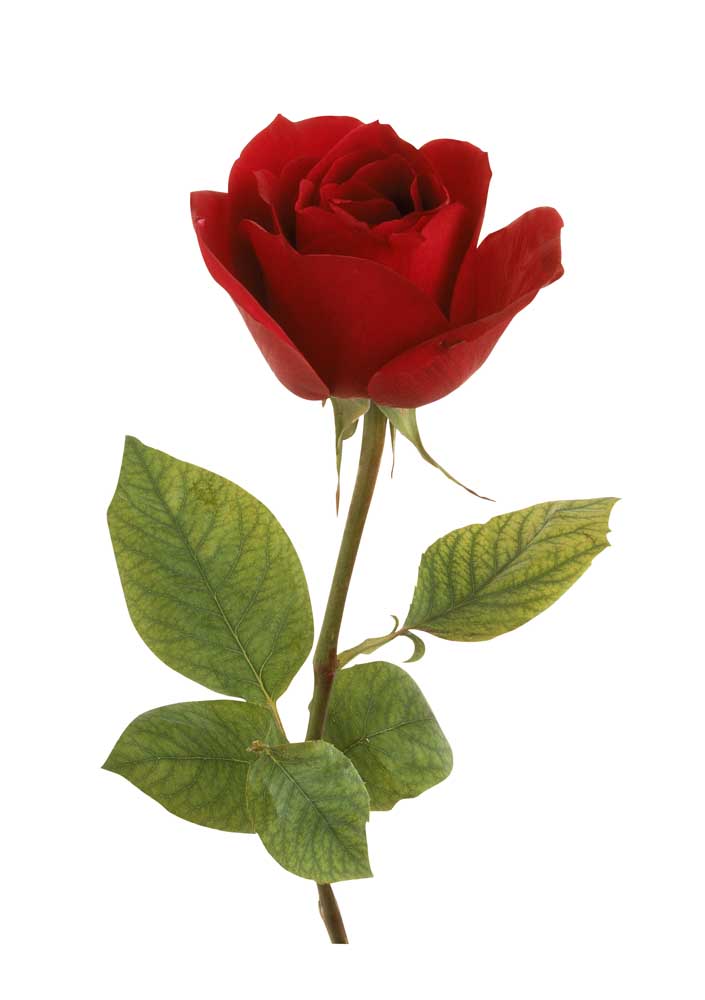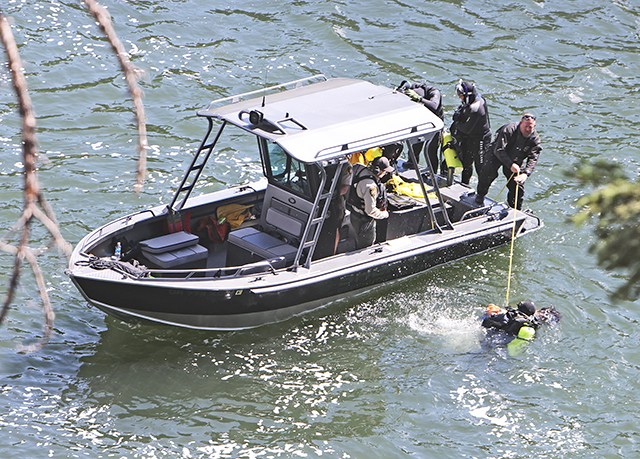Perennial pick for 2017 is roses
Published 11:56 pm Tuesday, March 7, 2017

- It’s difficult to grow roses in Central Oregon’s climate, but not impossible.(Thinkstock)
The National Garden Bureau in cooperation with the American Rose Society have chosen the rose to fill the 2017 perennial category.
The rose was designated the official flower and floral emblem of the United States in 1986. It is also the state flower in at least five states. The rose is part of the Rosaceae family which is very important for our food supply (think apples, strawberries, raspberries).
Trending
The rose industry is divided into three areas. The fragrance industry, the fresh flower/florist industry and the garden industry.
• The fragrance industry uses mostly two species grown specifically for that purpose: R. gallica and R. damascena. The climate in the Mediterranean basin is ideal for their culture. It takes 10,000 pounds of rose petals to make 1 liter of rose oil, one of the most widely used components in making perfumes.
• Did you get roses for Valentine’s Day? The florist industry produces more than 1 billion stems a year in more than 30,000 acres of greenhouses worldwide. Climates that are better suited for production include Columbia, Ecuador, Kenya, Ethiopia, China and India. There is a small but growing trend in the U.S. to produce locally grown fresh flowers.
• Now we come to the garden industry. There are many classes of roses with the most commonly sold in the U.S.: hybrid tea roses, which are the classic, long stemmed varieties; grandiflora roses, similar to hybrid tea, but usually have several blooms per stem; floribunda roses, which are more compact and multi-flowered; miniature roses, which are smaller specimens, often grown in containers as gifts; climbing roses, which are self-explanatory; and landscape or shrub rose.
Today the rose market in the U.S. is estimated to be selling about 35 million units each year and growing again. This comes after years of decline.
About half of the roses sold are landscape roses. Among the other classes, hybrid teas are about 60 percent, floribundas come in around 30 percent, climbers at 15 percent and miniatures at 5 percent. There is also a small but significant production of heirloom/heritage roses still produced by boutique nurseries. The majority of the most popular modern hybrids is protected by U.S. plant patents and cannot be propagated without prior consent from the breeders.
Trending
I confess to having not grown roses in Central Oregon.
I admire those who do, but I fell into the trap of “roses are difficult in CO.”
I changed my thinking when I met a new friend last summer and visited her garden.
This friend lives in one of the worst areas of Central Oregon to grow anything, least of all roses. She lives a few miles east of Bend in a frost pocket where winter temperatures can be 5 to 10 degrees colder than Bend and 5 degrees or more warmer in the summer.
Over the past 20 years experimentation and persistence have become valuable teachers from learning which type of root stock does best to the ideal planting spot. Many plants have been moved several times in an attempt to find a perfect location for the plant to mature to its full potential, and too, some have been given away that didn’t satisfy the personal joy of the grower.
Tips for success
The terms own-root and grafted root systems appear in the catalog descriptions and are important to understand. Own–root bushes are bushes that are grown on their root systems. Grafted root bushes means a bush that has been made up of two different rose bushes.
Own-root roses are preferable for our climate because of their ability to withstand our winters. Advice from the American Rose Society is “if the grower wishes to refrain from use of chemicals, own-root roses would seem preferable.”
Roses need six hours of sun. In spring, my friend fertilizes with an organic fertilizer, then again when the buds form. Pruning is usually scheduled for as late as June to avoid the late frosts which are common here. The bushes may not look as pretty, she claims, but they will do better.
Winter protection is critical. You can use a large wire cage and fill with leaves. If there is snow on the ground, it can be added on top of the leaves, plus around the outside of the cage for more protection. By spring the leaves have compacted around the roses, and what remains if left in place is mulch.
Ordering from mail-order companies who specialize in roses offer a greater selection of varieties suitable for our climate. Most of the selections in my friend’s garden are rated for USDA Zones 2, 3 and 4.
• Morden blush – The grower’s favorite, (she has seven plants) is the best rose for Central Oregon, first to bloom and usually the last to be blooming. They have only a light scent but their hardiness, beauty and profuse blooms make up for the lack of aroma.
• Morden Centennial – Very hardy, flowers larger than morden blush. Bush reaches 2 to 4 feet tall and wide in Zone 3, but is a vigorous climbing shrub in Zone 5 reaching 6 to 10 feet. My friend’s 6-year-old bush is approximately 4-feet tall.
• Bonica — A deeper pink than morden blush, it has been part of the grower’s garden for 18 years and has weathered all of the snow and cold through the years and bloomed beautifully every year. Although it is rated as a Zone 4-5, planting in a Zone 4 or even lower is safer. Bonica was named the World’s Favorite Rose in 1997. Bloom is followed by an abundance of bright orange-red hips. Good choice for beginners.
• The David Austin hardy rose selections come with a high recommendation for being hardy in Central Oregon with Sharifa Asma being the hardiest of those tried and the most aromatic of all the roses in the garden.
• Rugosa roses also are well suited to our climate. Almost all rugoses and hybrid rugose varieties are extremely fragrant. Another attribute is their large decorative hips that attract and feed birds in the fall and winter. They are very drought tolerant and do well in poor conditions. They are extremely disease resistant and virtually immune to blackspot and mildew. They do not like to be sprayed with chemicals, which fits perfectly in an organic garden.
I know that with the four-footed traffic through my property, sometimes twice a day, I wouldn’t trust roses planted in an unprotected area. I do have a fenced vegetable garden that could be spruced up with the addition of a few rose bushes, so I think after all my years in Central Oregon, it is time to plant a rose bush. Now the problem is … which one?
— Reporter: douville@bendbroadband.com








